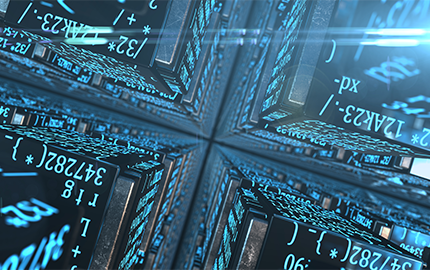A Decentralized Internet

Web3 is envisioned as a decentralized internet that makes use of blockchain technology. Ownership, which grants people complete control over their content, data, and assets via blockchains, is its defining attribute. The hope is that Web3 will dismantle the monopoly of the Web2 companies by redistributing power to the internet community through the usage of blockchain, cryptocurrency, and NFTs. That it will make the internet more impartial, independent, and open.
End users will reclaim full ownership and management of their data thanks to Web3, and they’ll also benefit from the security of encryption. They will thus have the freedom to decide whether and when information about them can be shared with or used by advertisers, marketers, researchers, etc. A straightforward and user-friendly user interface that enables users to comprehend the information they are providing with web service providers is one approach to do this.

Ownership
The users will have total control and ownership over their data, taking advantage of the security of encryption. On the basis of need, consent, or case-by-case consideration, information could then be disclosed. Currently, various servers contain the personal information of individuals from major corporations, including information on their income, likes, dietary preferences, credit cards, and other topics.

Privacy
Your online identity and personal data are within your control thanks to a decentralized identification system. You have more precise control in Web3 over what information is online about you and who can access it. Additionally, you receive a cryptographically safe method to confirm the authenticity of the information.

Information Access
One of Web 3.0’s most important advantages is the shift toward data access from anyplace, which is primarily supported by widespread use of Smartphone and cloud apps. The goal is to guarantee that users can get as much information as they want from anywhere in the world. The development of technology tries to broaden the concept by enabling gadgets to collect user data and enabling smartphone access to computer data.

Permisionless Blockchain
The blockchain network can be accessed and used by anybody thanks to the permissionless blockchain. It is impossible to overestimate the power to access permissionless blockchains. The users’ access will not be limited because of their gender, income, location, or a variety of other sociological and demographic characteristics. Digital wealth and assets may be moved effectively, swiftly, across borders, and from any location in the world.

Continuity of Service
BThere is a significant decrease in account suspensions and distribution service denials. There won’t be much service disruption because there isn’t a single point of failure. To provide redundancy, the data will be kept on distributed nodes, and numerous backups will fend off server failure or seizure.

Automation
With “smart contracts,” transactions can even be automated, enhancing your productivity and accelerating the procedure even further. The subsequent stage in a transaction or process is automatically initiated after pre-specified requirements are satisfied. Smart contracts lessen the need for human intervention and rely less on outside parties to confirm that a contract’s terms have been adhered to.
